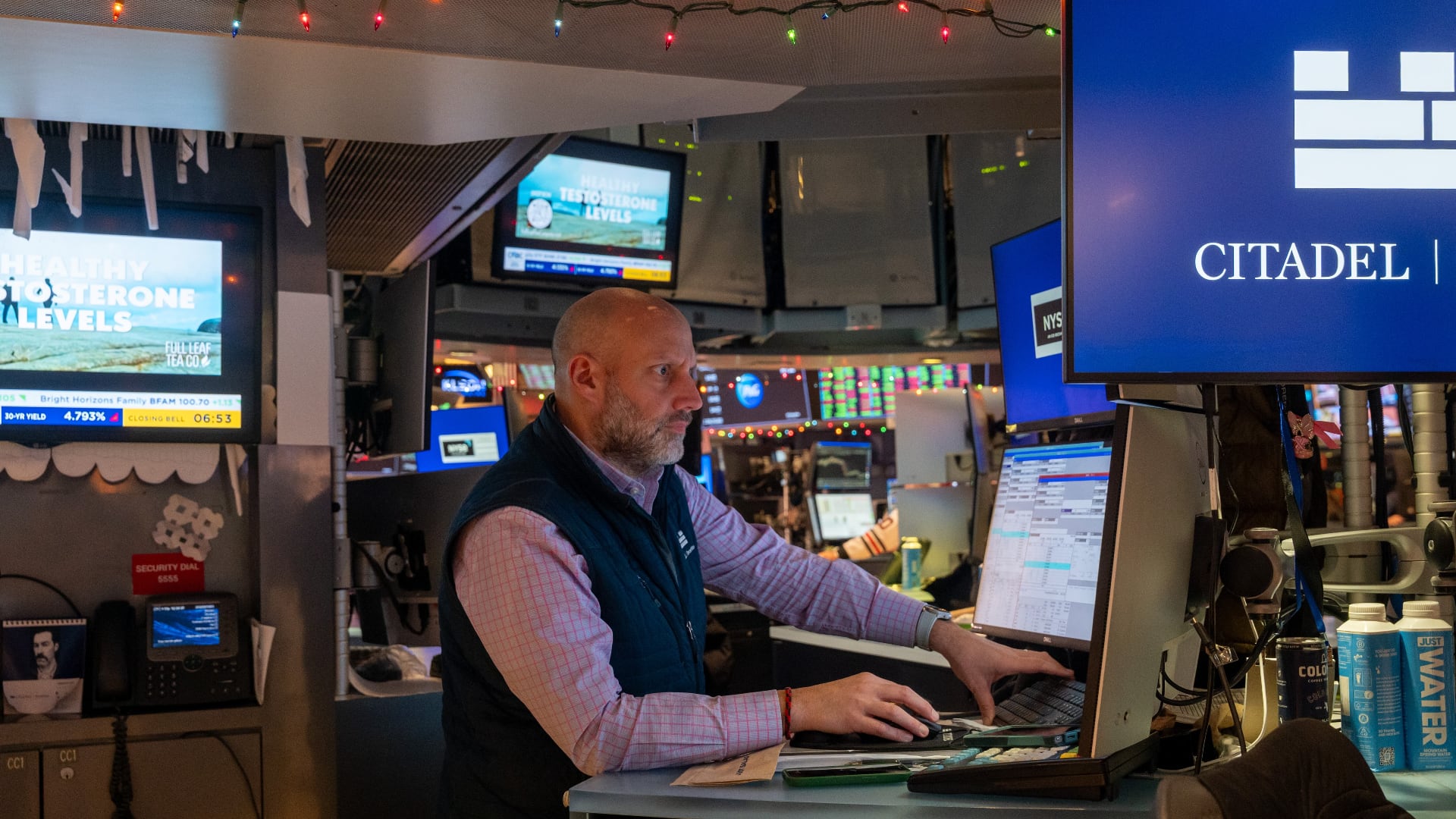With the end of Thanksgiving comes a custom perhaps just as traditionally American: the start of the holiday shopping season. And by all accounts, it's going to be a big one.
Due to a quirk of the 2019 calendar, there are six fewer shopping days between Thanksgiving and Christmas Day this year than there were in 2018, but retailers are betting they can make up for it through a combination of on-and-offline promotions and leveraging investments in omnichannel to create seamless shopping experiences for consumers.
Shoppers in the U.S. are expected to spend an average of $1,047 each over the next four weeks, up 4 percent from last year, according to survey data from the National Retail Federation. By one account, total holiday sales could cross $1 trillion for the first time ever.
Despite macroeconomic headwinds, most notably the ongoing trade war with China, "the consumer is still pretty healthy," said Jharonne Martis, director of consumer research for the analytics firm Refinitiv.
"The consumer is still engaged, they're just gravitating toward those [retailers] who give them a compelling value proposition."
In many cases, that value prop is all about convenience. It's why big box chains like Walmart and Target have invested so heavily in their e-commerce arms, particularly their back-end logistics to allow for free one- or two-day shipping.
On the other end of the spectrum of "what's working," Martis said, are those brick-and-mortar retailers like TJ Maxx and Ross Stores that offer a value proposition that's about savings. "TJ Maxx, Ross, and Nordstrom Rack have all shown success with the treasure hunt experience, which is very difficult to replicate online," according to Martis, who said consumers are plenty willing to get in the car and brave the crowds if they feel like they can get a deal they can't get anywhere else.
Refinitiv is forecasting same-store sales growth across the sector of 2.5 percent for the season. While that's well below the 4.1 percent growth last year, Martis called it "still pretty decent" given the concerns over the impact of tariffs. The next round of tariffs is still scheduled for Dec. 15 ー smack in the middle of the shopping season ー and could lead to higher prices mainly on consumer electronics, though the impact and timing of those price hikes is a question mark. "Still, consumers are not immune to the news," Martis said.
Among the other trends this year is the continued, slow decline of Black Friday as the season-defining event. The latest Holiday Outlook report from PwC says that the number of Americans who plan to shop on the traditional day-after-Thanksgiving sales day is down to 36 percent, from 59 percent in 2015. Meanwhile, Adobe Analytics is forecasting that $143.7 billion will be spent online this season. (That figure was $29 billion at the end of the last decade, according to Comscore.
That's a lot of money, but as Martis noted, it represents just over a tenth of overall spending, the vast majority of which still happens at physical stores. But as Cyber Monday gains more influence, retailers should expect that trendline to continue, she said. "Change takes time."
If there's one thing that has helped jumpstart that change, though, it's Amazon. The e-commerce giant's annual Prime Day event in the summer has built awareness into the consumer mindset about there being big promotions available online only. "The growth of Prime Day has really just impressed everybody," Martis said.
Retailers are primed to embrace the growth of Cyber Monday because, unlike in-store promotions, they can monitor customer reactions and interest in real time on the web. According to a report in the Washington Post, retailers like Estee Lauder now staff Cyber Monday "war rooms" where they can monitor website traffic and introduce flash sales or last-second discounts to lure shoppers into checking out with their carts full. That kind of dynamism is something brick-and-mortar retailers could only dream of with their Black Friday doorbuster sales.
For retailers like Target and Walmart, their expensive investments in their omnichannel experience, which dinged their respective stocks for quarters on end, are finally starting to pay off, based on the latest earnings. Martis said she expects those with strong omnichannel offerings ー meaning the ability for customers to have a seamless shopping experience from a single retailer both in-person and online ー to post strong holiday numbers because that strategy fits hand in glove with the "value proposition."
"With unemployment near record lows, people are happy to open their wallets if they get convenience and value," shed said. "Consumers are engaged, they're just being picky."









